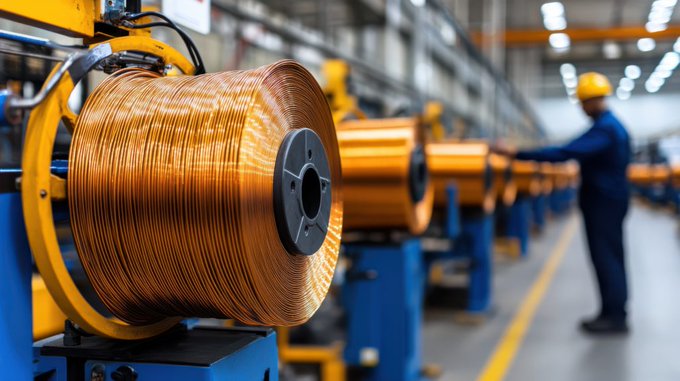As uncertainty looms over U.S. trade policy, at least one American company is taking preemptive action to shield itself from potential cost increases. In a bid to get ahead of looming import tariffs, the company has reportedly been stockpiling copper plumbing parts—materials critical to residential, commercial, and industrial construction sectors.
The move highlights growing concerns among U.S. manufacturers and suppliers about the possibility of new tariffs on copper and related goods, which could disrupt supply chains and drive up prices across the plumbing and construction industries.
Strategic Stockpiling Amid Policy Uncertainty
While the name of the company has not been disclosed publicly, industry insiders suggest that the firm’s decision reflects a broader sentiment of caution among domestic manufacturers. With copper prices already elevated due to strong global demand and tight supply, any additional import costs could significantly impact margins for businesses relying on copper-based components.
“We’ve seen this type of behavior before when tariffs are on the table—businesses try to front-load inventories to avoid sudden price shocks,” said a senior analyst at a U.S. trade research firm. “Copper plumbing parts are particularly vulnerable because they often come from countries that could be targeted by future trade actions.”
Why Copper Plumbing Parts?
Copper remains a preferred material in plumbing due to its durability, resistance to corrosion, and long service life. From pipes and fittings to valves and fixtures, copper parts are widely used in construction and infrastructure projects. Much of this material is imported from global suppliers, making it susceptible to fluctuations in international trade policy.
Should tariffs be imposed on copper imports, it could cause ripple effects throughout the construction supply chain, raising costs for contractors and ultimately for consumers.
Industry on Alert
The plumbing and HVAC industries are especially sensitive to price fluctuations in base metals like copper. Suppliers and distributors across the U.S. are now closely monitoring federal policy developments, with some reportedly considering similar strategies to mitigate potential disruptions.
Trade policy experts have pointed to rising tensions between the U.S. and major copper-exporting nations as a possible trigger for tariff discussions. Some speculate that any future tariffs may be aimed at encouraging domestic production of copper goods, though such a transition would take time and investment.
Market Impact
While the full scope of potential tariffs remains unclear, copper futures have seen increased volatility in recent weeks, partly driven by speculation over trade restrictions. Analysts suggest that businesses heavily dependent on imported copper goods may face difficult choices ahead if tariffs are enacted—either absorb the costs or pass them on to customers.

